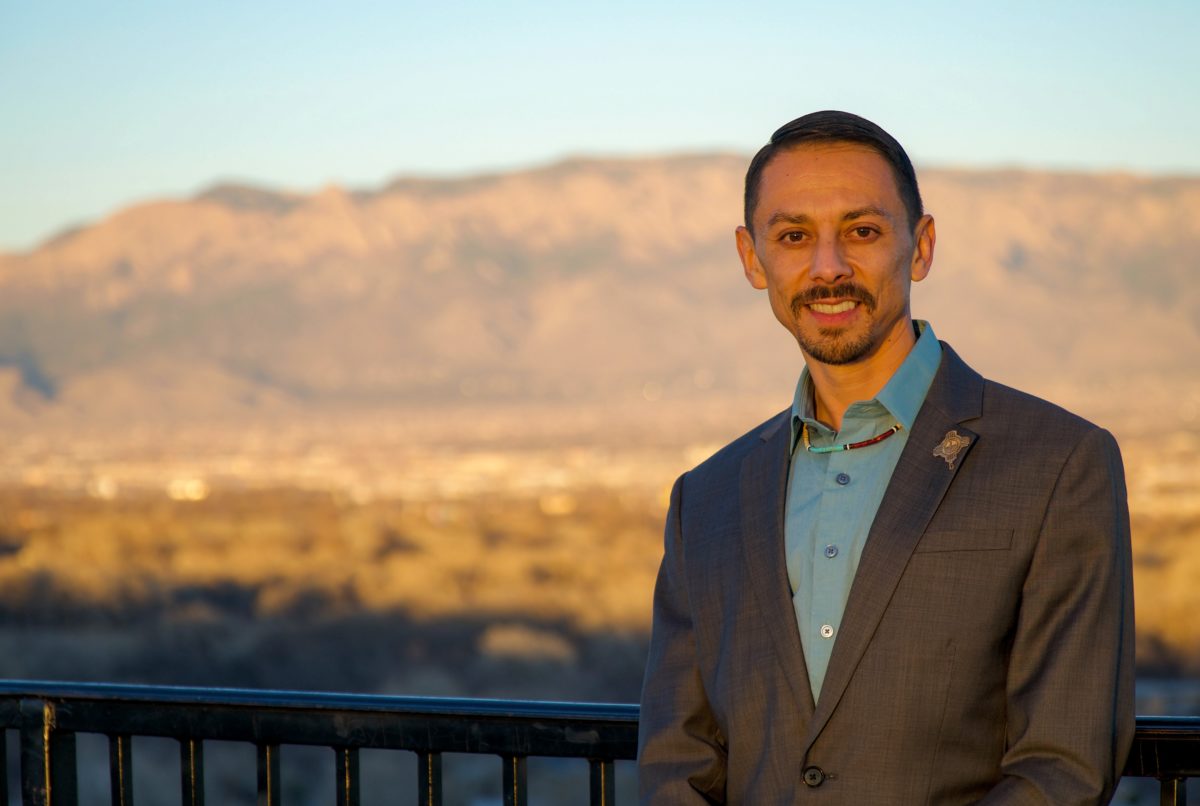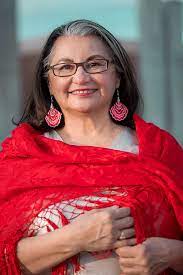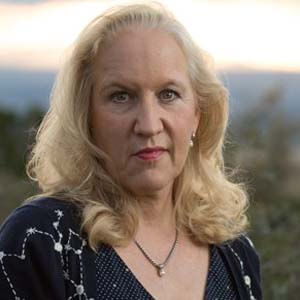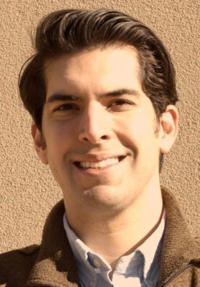The 1st Congressional District (CD1) Central Committee of the Democratic Party of New Mexico is set to choose its candidate to replace former Congresswoman Debra Haaland, who had to resign to become Secretary of the Interior.
While Democrats are heavily favored to retain the seat, no matter who they choose, they nonetheless face some potentially thorny issues within their own ranks. Identity politics is the absolute be-all and end-all of the modern Democrat Party, and it has thus far (in the view of the modern Left) provided a highly successful approach to what they see as building their 21st Century coalition.
However, identity politics can be tricky, and perhaps—if over-thought and overdone as a rhetorical device—can present possible pifalls that may result in the development of hazards along the campaign trail.
The New Mexico Democratic Party has Shifted, Considerably
Over the past generation, New Mexico Democrats have experienced substantial changes in their demographic makeup. For most of the past century, the party was dominated by Hispanic Catholics, with many of its leaders coming from rural areas, and traditional central and Northern New Mexico families whose ancestors arrived anywhere from 250 to 400 years ago.
Those Hispanic Democrats were liberals, but they weren't "Leftists" — the element now firmly in control of the national and state party apparatus. They were for people like John F. Kennedy and Hubert Humphrey, but not necessarily George McGovern, let alone folks like Bernie Sanders, or Kamala Harris.
They nominated candidates like Fabian Chavez, Jerry Apodaca, Bruce King, and Jeff Bingaman, not extreme Leftists like Martin Heinrich, Michelle Lujan Grisham, or Deb Haaland.
Increasingly however, the party has come to be dominated by what would have been called "outsiders" in our earlier history. Many are from out of state, though a number are home-grown types, raised to parrot the ideological polemics of their professors.
The dominant movers and shakers in the party are largely Anglos, but there are plenty of Hispanics (even some with traditional New Mexico ties) who have happily and opportunistically moved Leftward and have become fellow travelers with the nationally-oriented interest groups. Lujan Grisham is a prime example, though there are quite a number of others, mainly in the legislative class.
Challenges in CD 1
When Governor Grisham plunged into the governor's race in 2018, there was a scramble for the position. It was a contest in which Democrats constantly invoked the "virtue" of identity politics, a dynamic of course which can almost never succeed in benefiting more than one candidate at a time. In the event, six candidates filed—four Hispanics, one Anglo (Albuquerque City Councillor Pat Davis), and one self-identified Native American, Debra Haaland.
But which one would be able to claim the "Diversity Prize," to be awarded to the candidate who could make the best claim of representing a "neglected minority"? Lefty Anglo Democrats were in a quandary.
Haaland, whose father is of Norwegian descent and is therefore half American Indian, half "Anglo," came on strong, making the claim that her identity trumped the other identities. Davis, who had made a splashy entry, ultimately agreed, dropping out of the race and even more splashily endorsing Haaland—an act many attribute to pressure from Albuquerque Mayor Tim Keller.
Keller was seen as playing a strong behind-the-scenes role to thwart the efforts of former UNM Law professor Antoinette Sedillo Lopez. The final totals showed the success of the stratagems, with Haaland garnering 40.6% of the vote, Davis (who was still on the ballot of course) getting 3.8%, and the four Hispanic candidates together receiving a landslide total of 55.6%.
The next year, Sedillo Lopez was appointed to the State Senate to replace Cisco McSorley, and she easily won election to a full term in 2020.
Many Democrats believe this special election should belong to her, basically because she is seen as having been "cheated" out of the nomination by Haaland.
About Public Policy Differences—There are NONE: Welcome to the Modern Woke Democrat Party
Significantly, as is the case now throughout Left-wing circles in America, there are no differences whatsoever in policy choices among the eight Democrats. "Diversity" within Democratic Party circles refers only to immutable demographic characteristics, although they also add to that the manner in which one lives out one's sexual life.
It is not just us at NMPJ who are of this opinion. The Progressive Democrats of America New Mexico Chapter had this to say about a February forum:
"all the candidates had the same reply," and they "all thought alike."
Of course they do. It is now required. So, the outcomes of primaries, or of Central Committee meetings like this one, will be determined by all kinds of factors totally unrelated to public policy. On that they are all clones of each other. What is left are matters of demography, identity politics, and cosmetic issues.
Looking at the Field (in alphabetical order of course)
 Francisco Antonio Fernández Fernández may be the least known (or tied for least known with one other) of the 8 contenders. However, in many ways he is actually easily the most qualified and best suited of the lot for the nomination of the modern Democrat Party. He certainly punches more tickets of "wokeness" than any other candidate—though to be fair, they all try desperately hard to hit on all the woke cylinders.
Francisco Antonio Fernández Fernández may be the least known (or tied for least known with one other) of the 8 contenders. However, in many ways he is actually easily the most qualified and best suited of the lot for the nomination of the modern Democrat Party. He certainly punches more tickets of "wokeness" than any other candidate—though to be fair, they all try desperately hard to hit on all the woke cylinders.
Fernández's narrative has a rather dire spin to his upbringing—“working class,” child of divorce, living on food stamps, free lunches, and such, but ultimately being able to work to help pay for his education—at New Mexico’s most expensive high school Albuquerque Academy (annual tuition $25,390).
It must be said that it is a singular characteristic of the modern Social Justice Warriors (again, all eight candidates qualify as SJW) that they almost all come from relatively bourgeois, rather privileged backgrounds (if not upper middle class) but invariably see themselves as oppressed. But we digress. He goes on to describe his campaign thusly:
"As a person of color, New Mexico’s first openly gay representative, and the nation’s first openly HIV positive member of Congress, we’d make history and provide a courageous voice…”
Well, there you have it. He goes to the head of the class—significantly outdistancing would-be rival Victor Reyes, who is merely "gay," by adding on the additional diversity qualifier of "HIV positive." For checking the boxes—supremely woke, identifying as "poor," being Hispanic, Gay, and finally HIV positive—he must be seen as leading the pack.
This, of course, does not mean he wins.
.jpg) Selinda Guerrero Guerrero is tied with Fernández in the unknown category. But she is probably the most intensely involved in actual on-the-ground, in-the-trenches social justic warfare. Why is she running? Here she is in her own words:
Selinda Guerrero Guerrero is tied with Fernández in the unknown category. But she is probably the most intensely involved in actual on-the-ground, in-the-trenches social justic warfare. Why is she running? Here she is in her own words:
Why am I running? We are the working poor, I am a union member, my family was evicted this summer due to economic impacts associated with the pandemic. We organize for Black Lives and I am a human rights activist. I am a precinct chair in the Democratic Party and a member of the current SCC.
"I have been a dedicated voter Registration Agent for more than a decade. I understand that democracy works best when ALL voices are represented. I am a community healer - my values are to Lead with Love and Stand in my Courage and that is what has brought me to do this work today....I will be honored to be your next Congresswoman."
 Antoinette Sedillo Lopez (ASL) See above. Many believe it is ASL's "turn" so to speak. Among a half dozen insiders we heard from, ASL was mentioned by everyone. She is Hispanic, female, and, well, probably claims some sort of oppression if properly pressed.
Antoinette Sedillo Lopez (ASL) See above. Many believe it is ASL's "turn" so to speak. Among a half dozen insiders we heard from, ASL was mentioned by everyone. She is Hispanic, female, and, well, probably claims some sort of oppression if properly pressed.
Yeah, she's rich and is a retired professor married to a wealthy lawyer, but that has no real bearing on "wokeness." If you feel it, if you identify as woke, you're in. ASL can do all of that—so she hangs with her competitors in that regard.
Georgene Louis All the insiders and hangers-on we heard .png) from also mentioned Louis, with some saying she "should" get the nomination, but that Sedillo Lopez probably "will" get it.
from also mentioned Louis, with some saying she "should" get the nomination, but that Sedillo Lopez probably "will" get it.
Louis is something of a fast burner, steadily rising to prominence in the party after becoming the first Native American to win a non-Indian-designed legislative district. That is something of an achievement.
(NOTE: Democrat minorities are famous for having to have districts that are gerrymandered specifically to be "majority minority," while Republicans—like Jane Powdrell-Culbert or the late Larry Larrañaga, to name just two examples among dozens—ask for no such thing, and instead just go out and win in Anglo districts, running campaigns on issues rather than race or ethnicity.)
Whether Louis can put it all together in this forum, of course no one knows. But she is well-liked by the party faithful.
Randi McGinn McGinn is a fabulously wealthy trial lawyer, who was called by her late husband, former NM Chief Justice Charlie Daniels "the smartest lawyer in New Mexico." That may be hyperbole from a husband, but we have it on pretty good authority that McGinn is in solid agreement with it.
In the old Democrat Party, McGinn would be formidable, after all, she's a woman. But she is undoubtedly disadvantaged right now by being able to check only that one box of the numerous possible identity politics boxes.
We note that she has hit on at least some oneupswomanship by saying she has a record of "Defending LGBTQIA+ Rights."
All of the candidates are on board with the standard, relatively old-fashioned LGBTQ crowd. That acronym stands for Lesbian, Gay, Bisexual, Transgender and Queer/Questioning.
But McGinn has added the I and the A, which stand for "intersex" and "asexual/aromantic/agender," and then tacked on the +, which means "and more," indicating the other 170-plus forms of sexual identity. Not even the two Gay men, touting their hopes to be the "first," thought to do that. So, McGinn must be credited with extra efforts toward wokeness.
An Anglo woman, McGinn is in a tough spot, but she has "thousands" of connections, so she could pull it off. In fact, one insider said that "the first two are probably Sedillo Lopez and Stansbury, but that the next two are Randi McGinn and Victor Reyes."
Victor Reyes
Reyes is mentioned by one of our insiders, probably because he is Governor Lujan Grisham's close associate and presumed favorite. He also claims a couple of identity politics boxes: Gay and Hispanic (though not the add-on HIV positive). He, like Roybal-Caballero, next below, is from Texas, but he has had the sense to take up residence in New Mexico, something PR-C has never seen as a necessary step.
Reyes holds the coveted title "community organizer," as well as a litany of woke policy roles, including "environmental advocate" and "progressive leader," as well as "top aide to Governor Michelle Lujan Grisham."
He says he is a "longtime advocate and national leader on reproductive freedom and justice." (Though he would seem to play no role in such undertakings.) And he "serves as the Board Chair of Catholics for Choice," who has "helped to defeat anti-abortion legislation," (very Catholic). He further states:
"If elected, [he] would be the first LGBTQ person to represent New Mexico in the United States Congress."
Of course he'll have to elbow Fernández aside for that honor.
(2).jpg) Patricia Roybal-Caballero If there is an award for chutzpah in this whole affair, it must go to Roybal-Caballero, whom we have noted in articles past as one of New Mexico's leading grifters. It is one thing to note that the US Constitution does not require a US Representative to live in the district being contested. But it does require the person to live in the state.
Patricia Roybal-Caballero If there is an award for chutzpah in this whole affair, it must go to Roybal-Caballero, whom we have noted in articles past as one of New Mexico's leading grifters. It is one thing to note that the US Constitution does not require a US Representative to live in the district being contested. But it does require the person to live in the state.
Roybal-Caballero has resided in El Paso for a number of years. True, she is a sitting State Representative, and yes, her recent Democrat primary opponents have made her Texas residency an issue, but to no avail.
Royball-Caballero has outsmarted everyone by observing this critical rule in grifter-related politics: If you are going to run for office, choose a district in which the voters are dumber than you are.
She and her husband have effectively fought his requirement to pay child support for a severely-disabled child, currently living in Texas. But after years of help from a judge with questionable ethics, they finally lost the case. So PR-C's husband now owes more than $100,000 to a woman who is raising the child alone.
Will New Mexico Democrats reward Roybal-Caballero? None of the Democrat observers, whether considered insiders or outsiders, mentioned her name.
.jpg) Melanie Stansbury
Melanie Stansbury
Stansbury was mentioned by some of the insiders. And one of them said she "has done the best organizing."
Of course, in a small electorate like the central committee, organizing is everything.
Still, Stansbury is an Anglo in a local party which is seen by many to have cheated a "woman of color" last time around. Who knows? She's probably better positioned than McGinn, probably because of this highlighted feature she just posted yesterday:
"I am the only candidate in this race that's beaten an incumbent Republican. In 2018 I flipped a red seat blue, and I did so by organizing and building a campaign that listened to the people and lifted up our communities. I am the only candidate with the infrastructure and the team that can beat Sen. Moores on Jun 1st."
Also just yesterday, in what could be a decisive development, Stansbury received the endorsement of both the Sierra Club as well as AFSCME, the American Federation of State, County, and Municipal Employees. AFSCME is the most powerful union in New Mexico.
Democrats are Smarter than Republicans in at Least One Respect
We do have to give the Democrats credit for at least one thing: they have not adopted rules that allow for a mere plurality of votes to determine their nominee at the Central Committee meeting. With seven candidates and only 135 central committee members, the Republicans could have nominated a candidate for congress with as few as 20 votes, or 15% of the support present, if they had been distributed in the right way.
As things turned out, the winner got 36% of the vote. But having rules like that open the door for a fringe candidate or a nut-job to win. That didn't happen with the GOP, but they were fortunate it did not.
The Democrats are requiring a majority, something that at least provides a measure of security against the nomination of an undesirable candidate, though of course it isn't a guarantee.
Email us (at editor@newmexicopoliticaljournal.com) with your feedback, comments, questions, and ideas.
Intelligent Political Discourse—for the Thoughtful New Mexican
.jpg)
